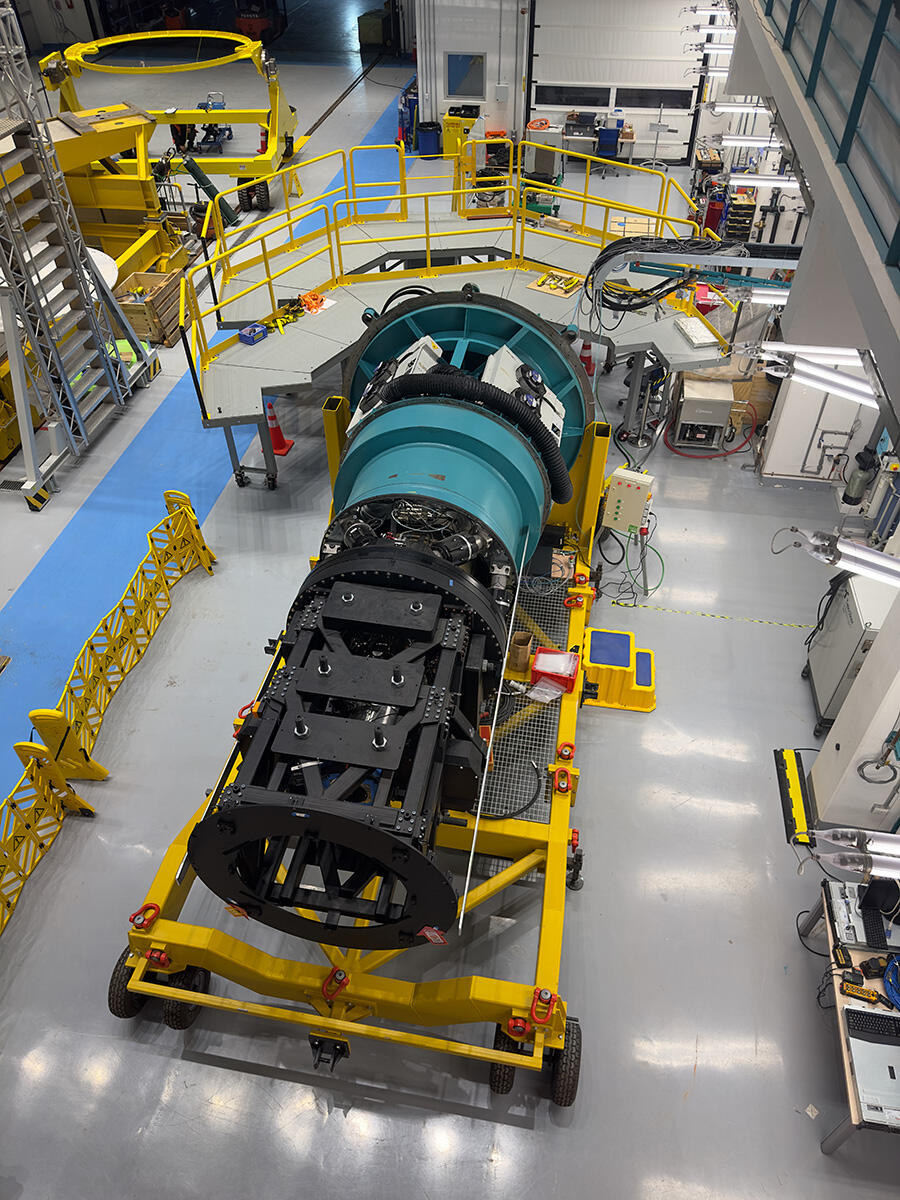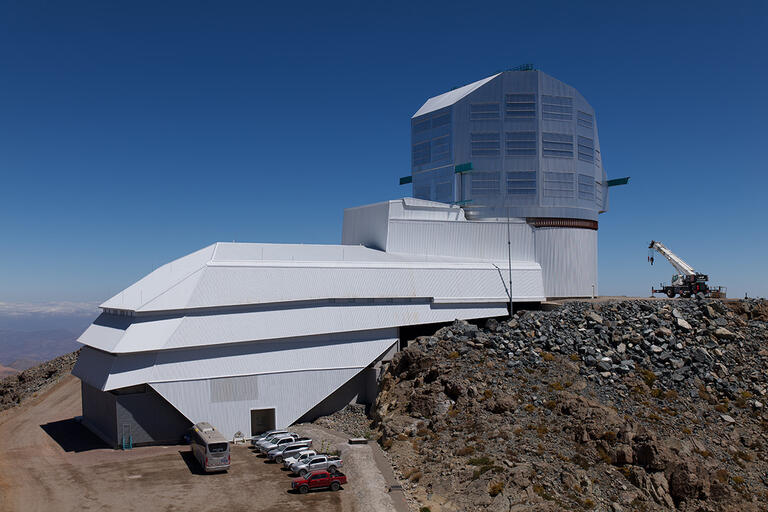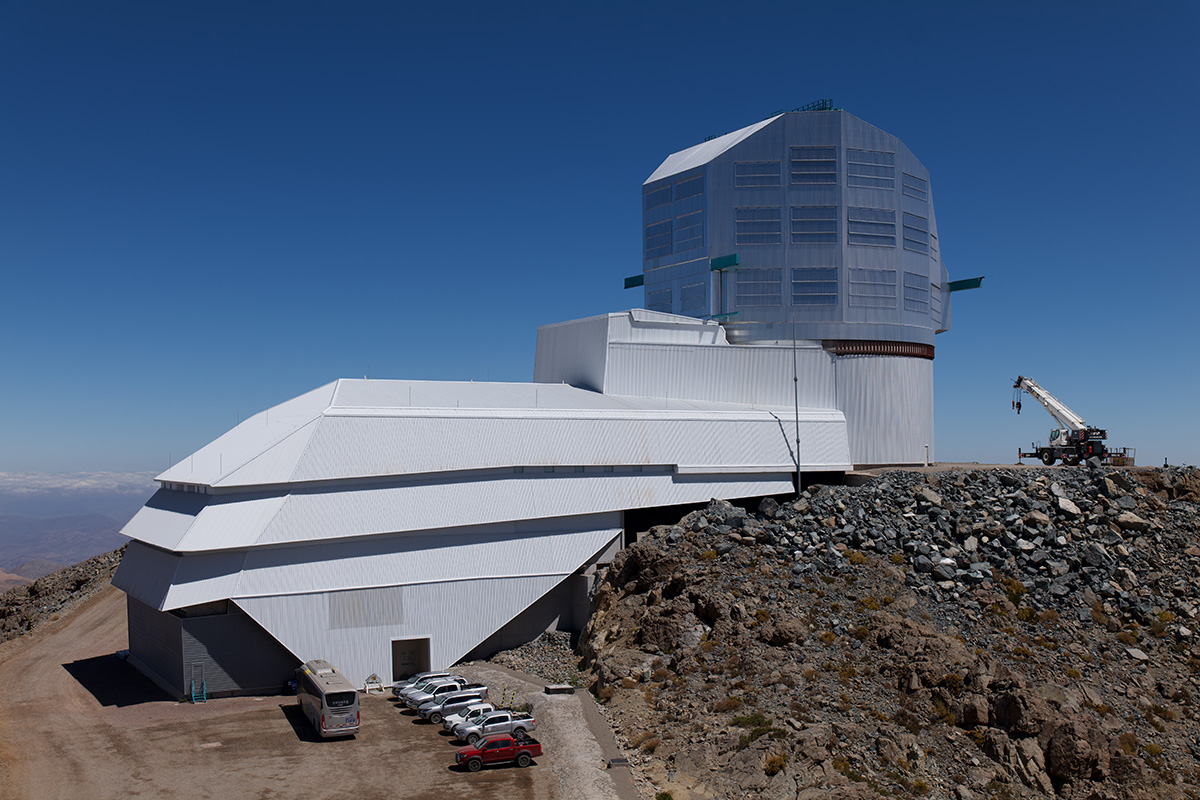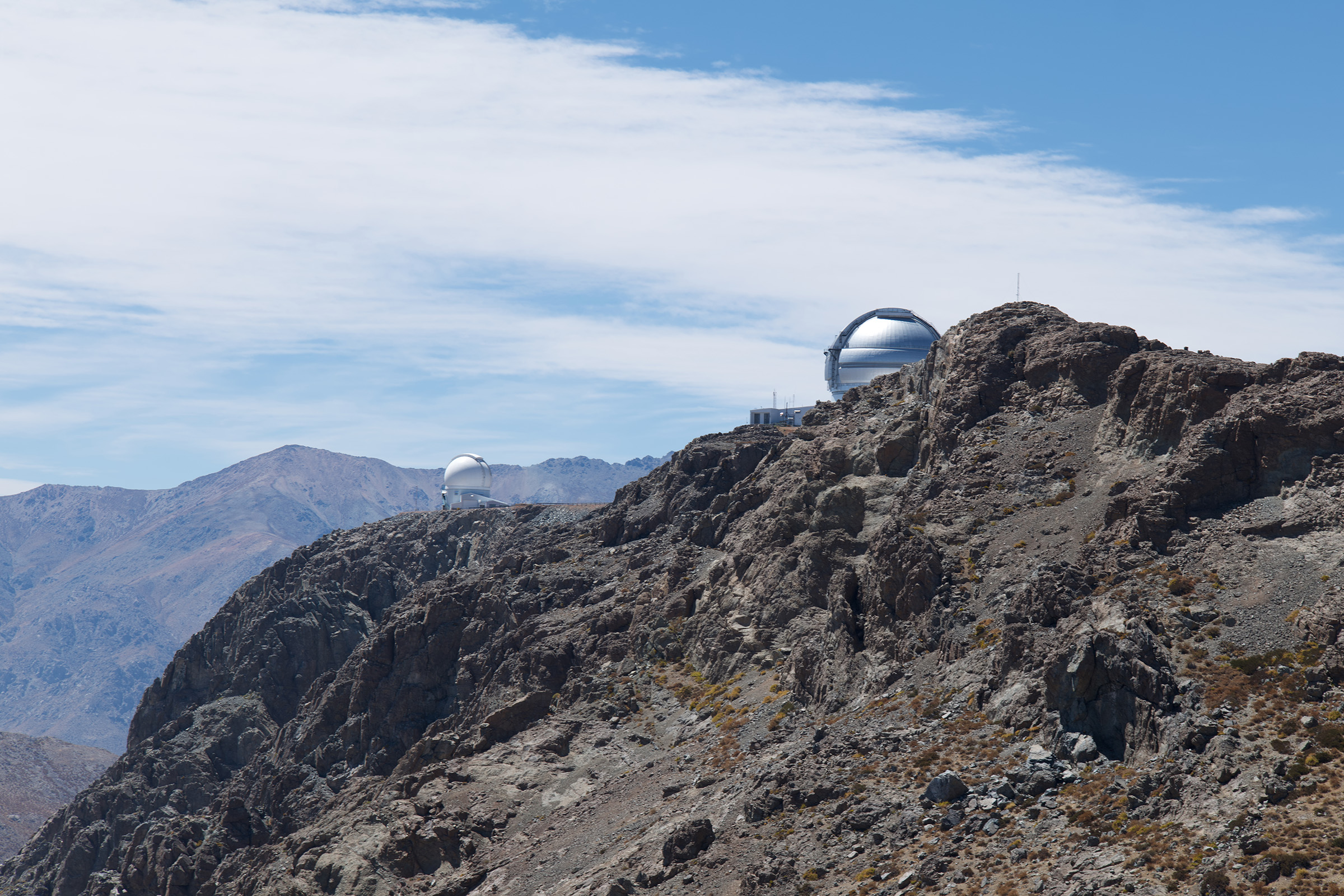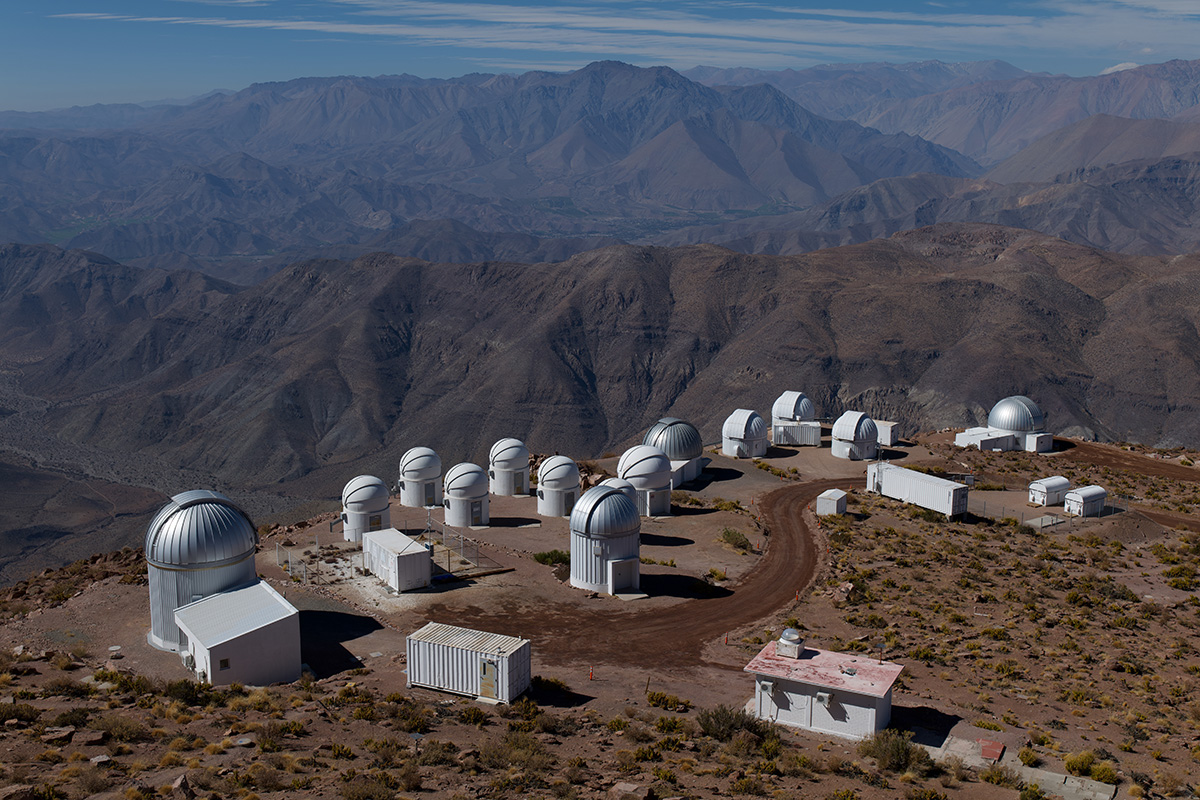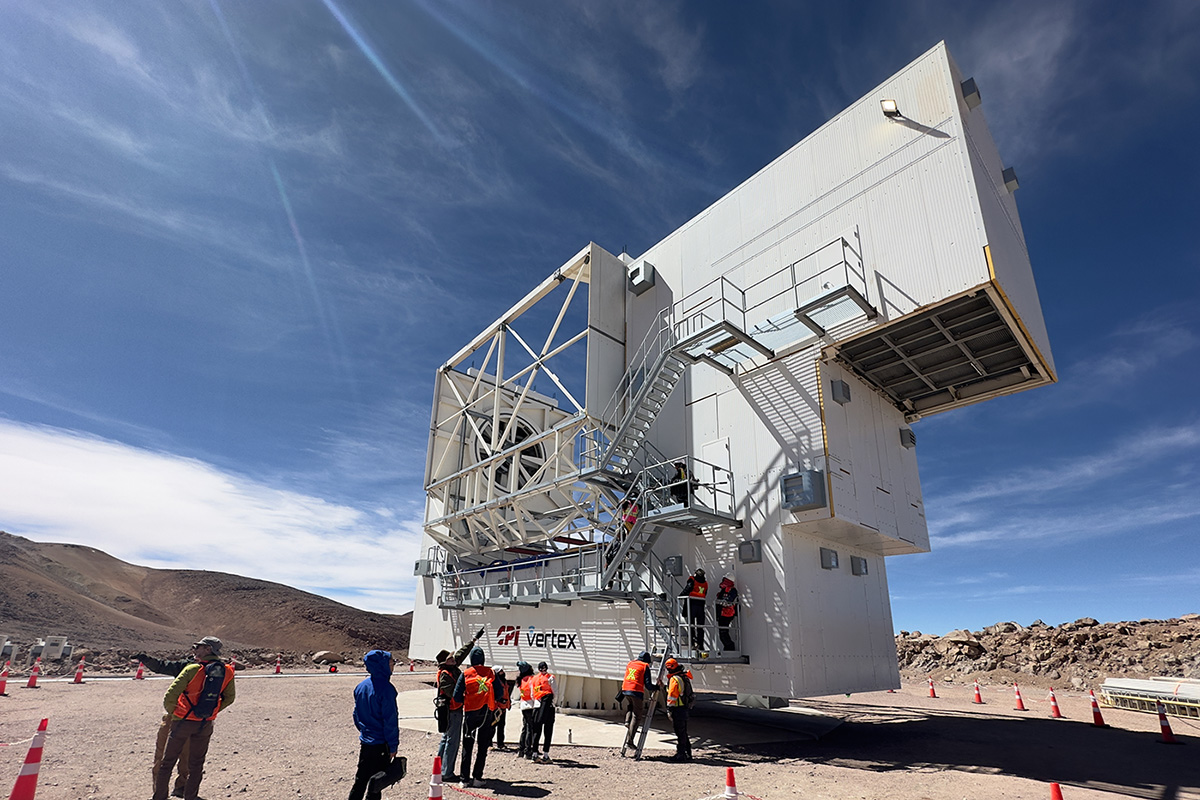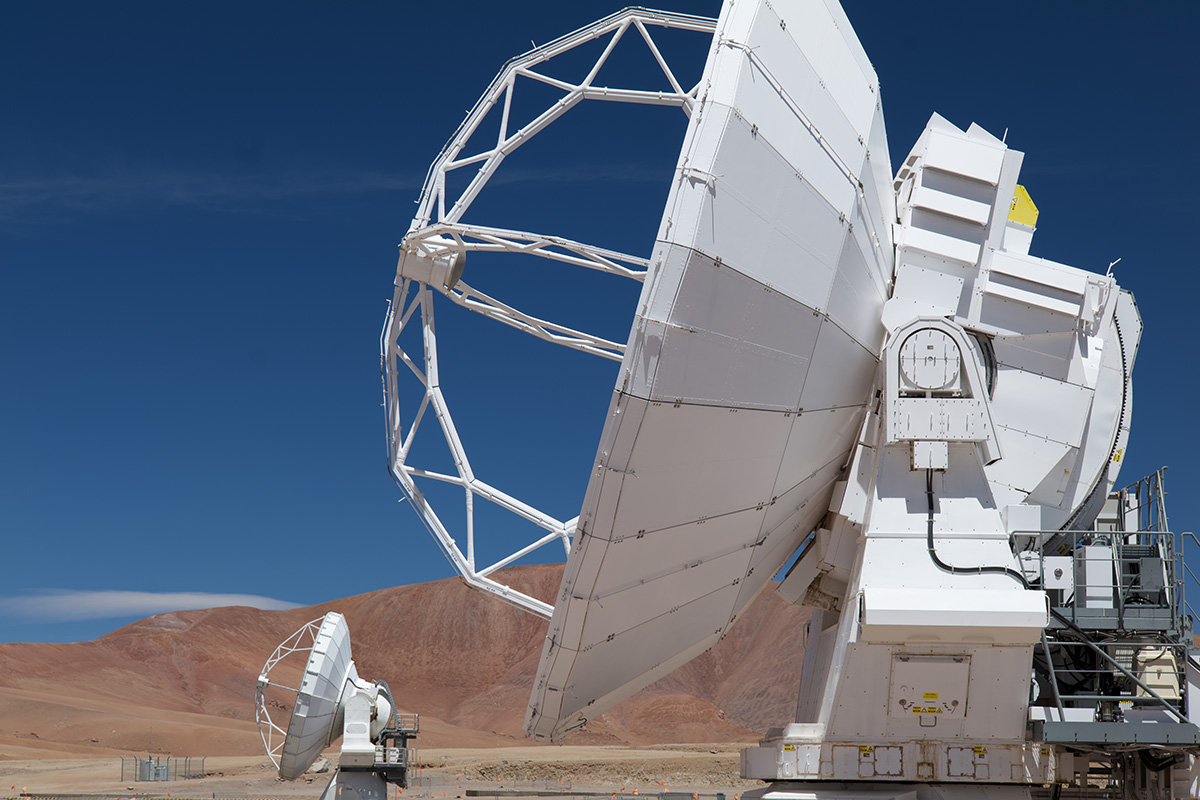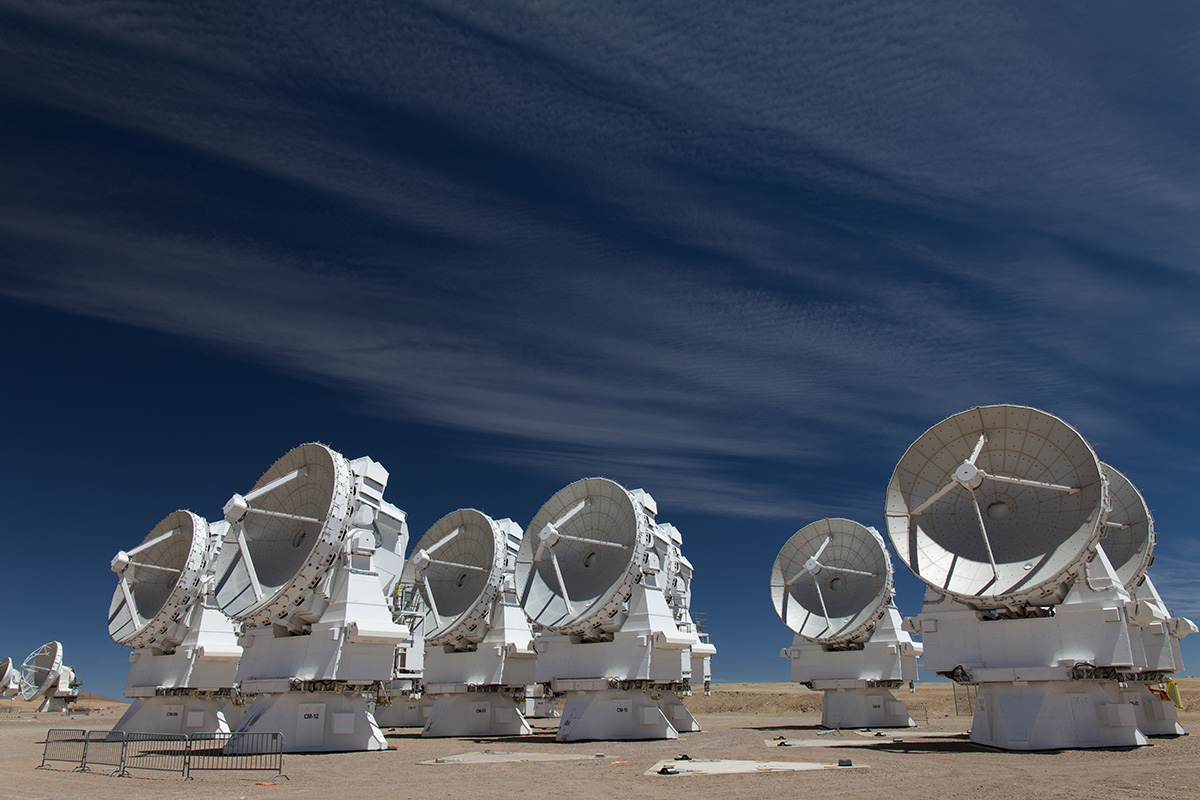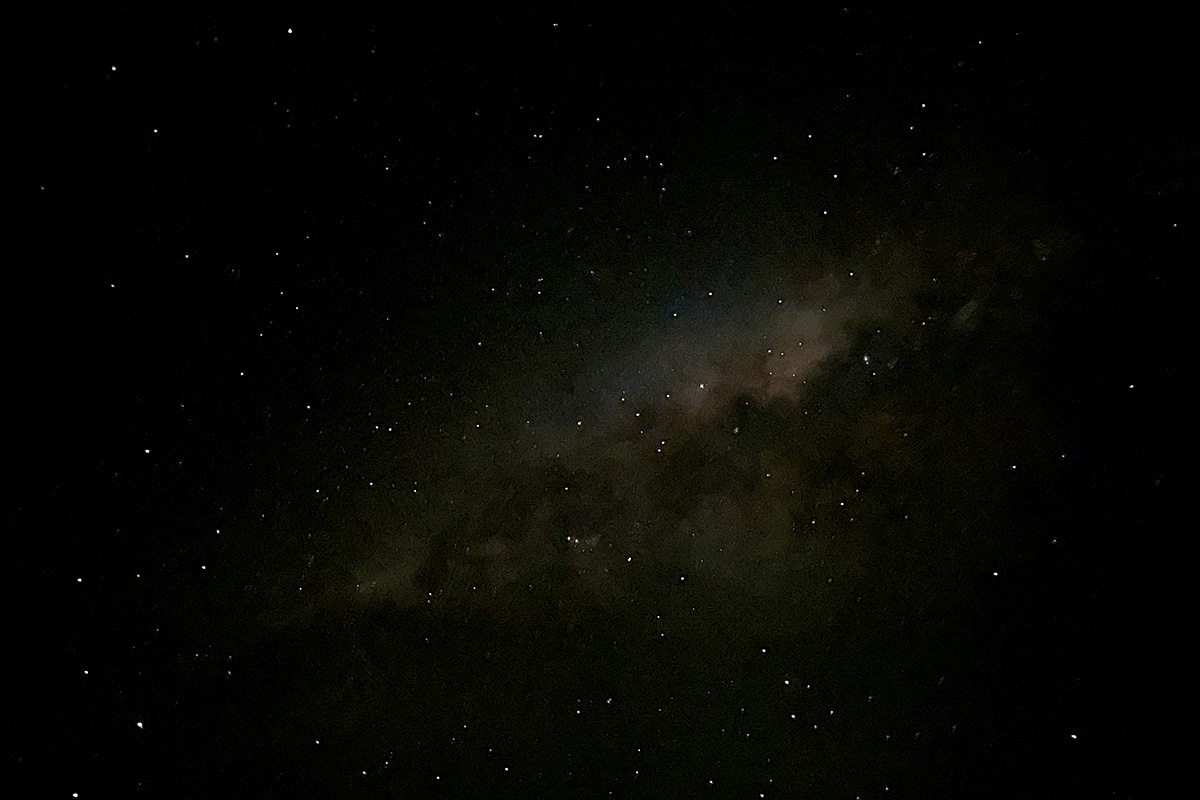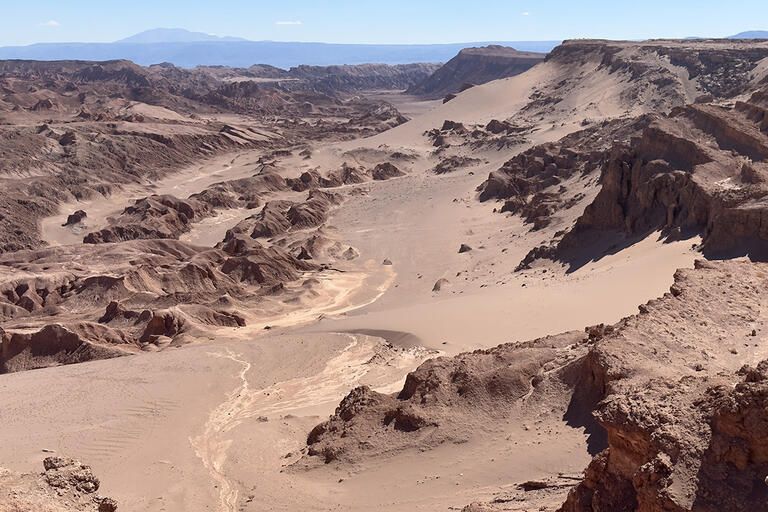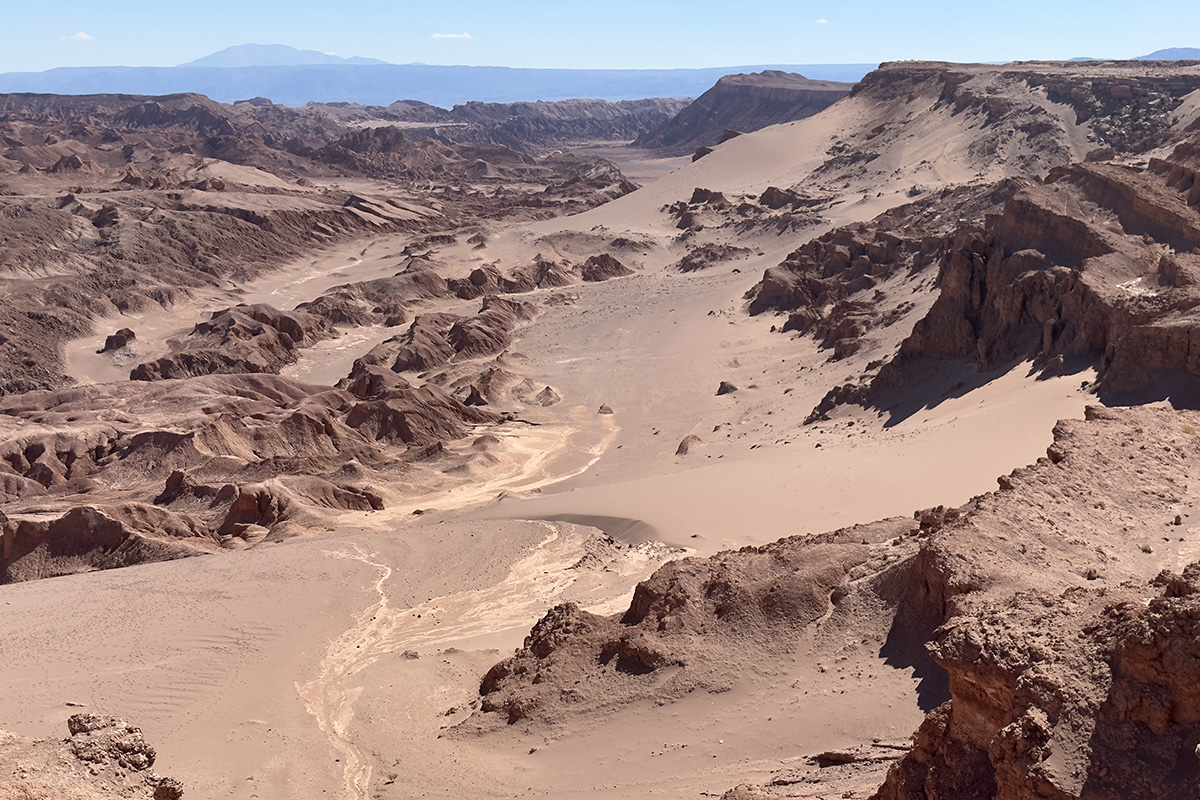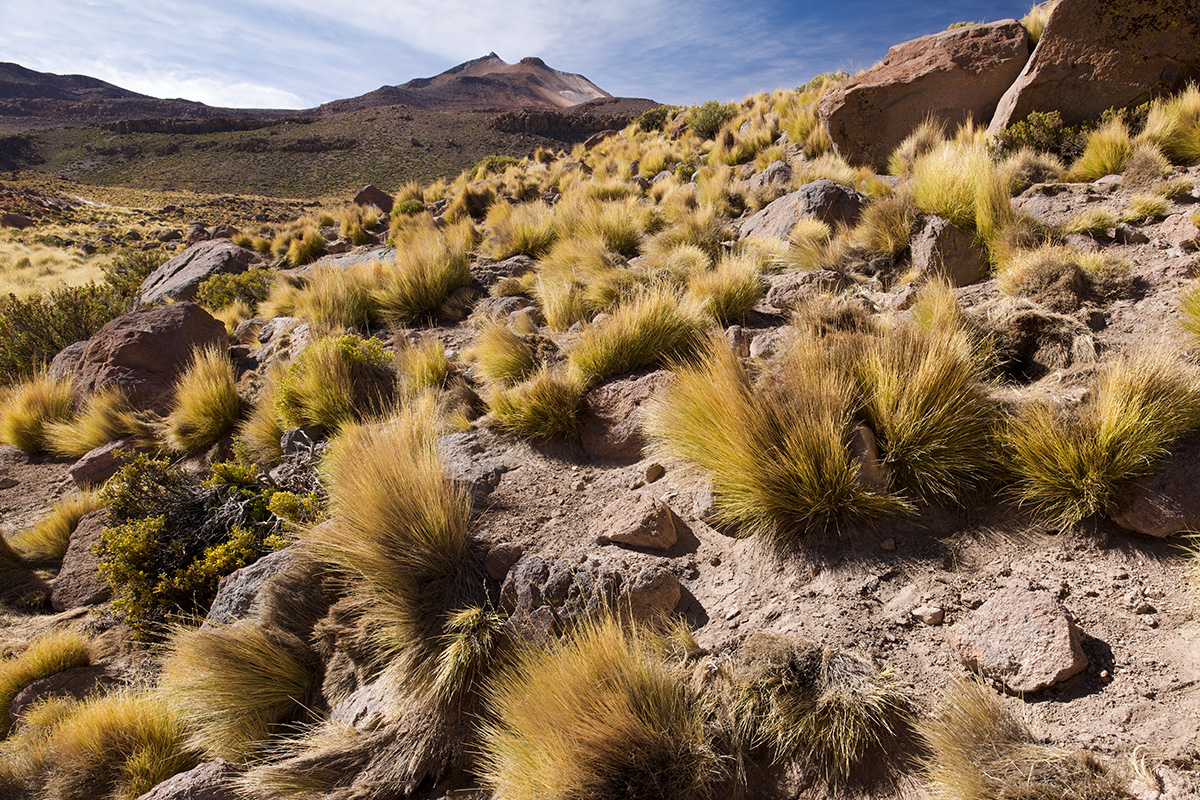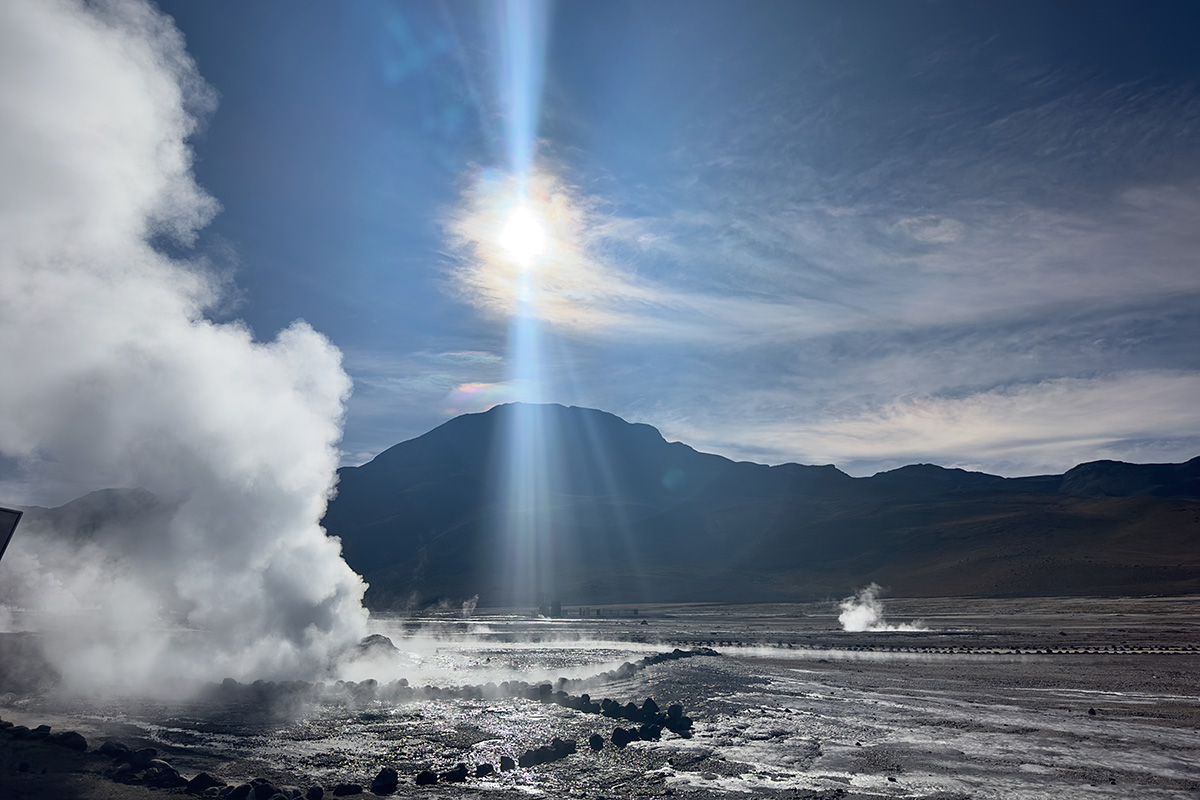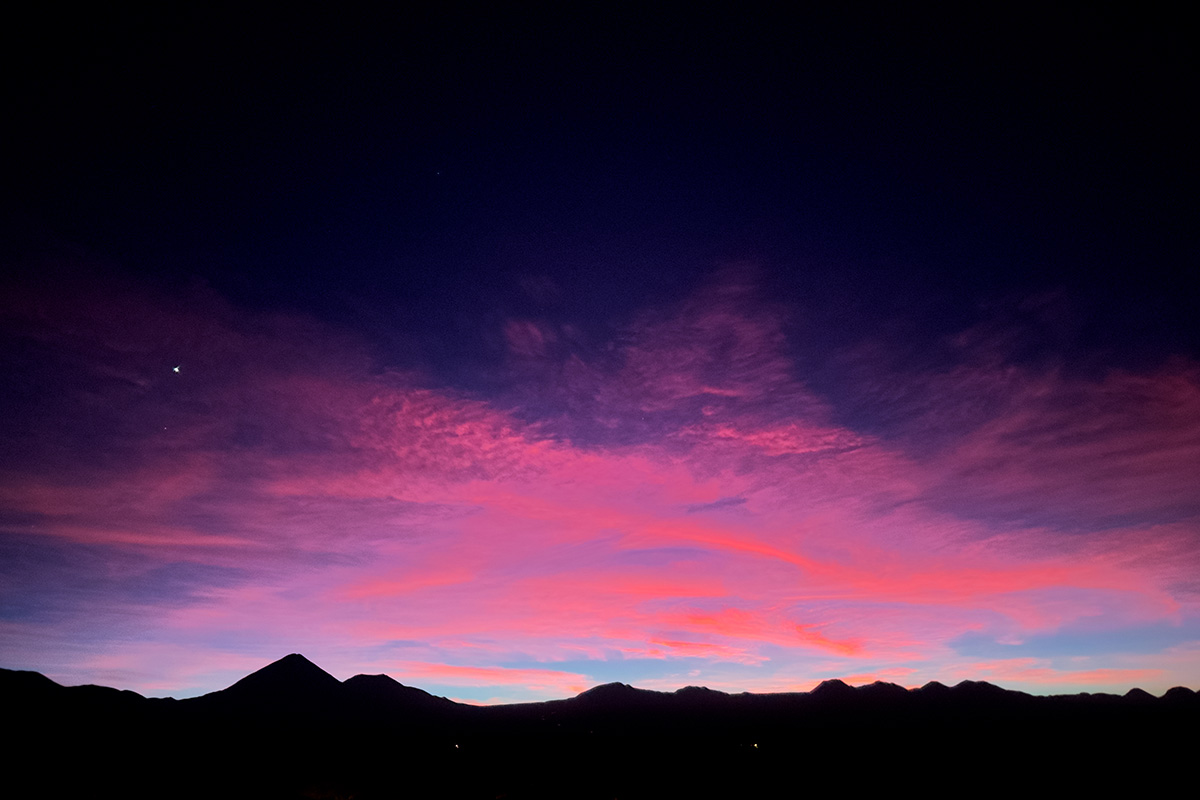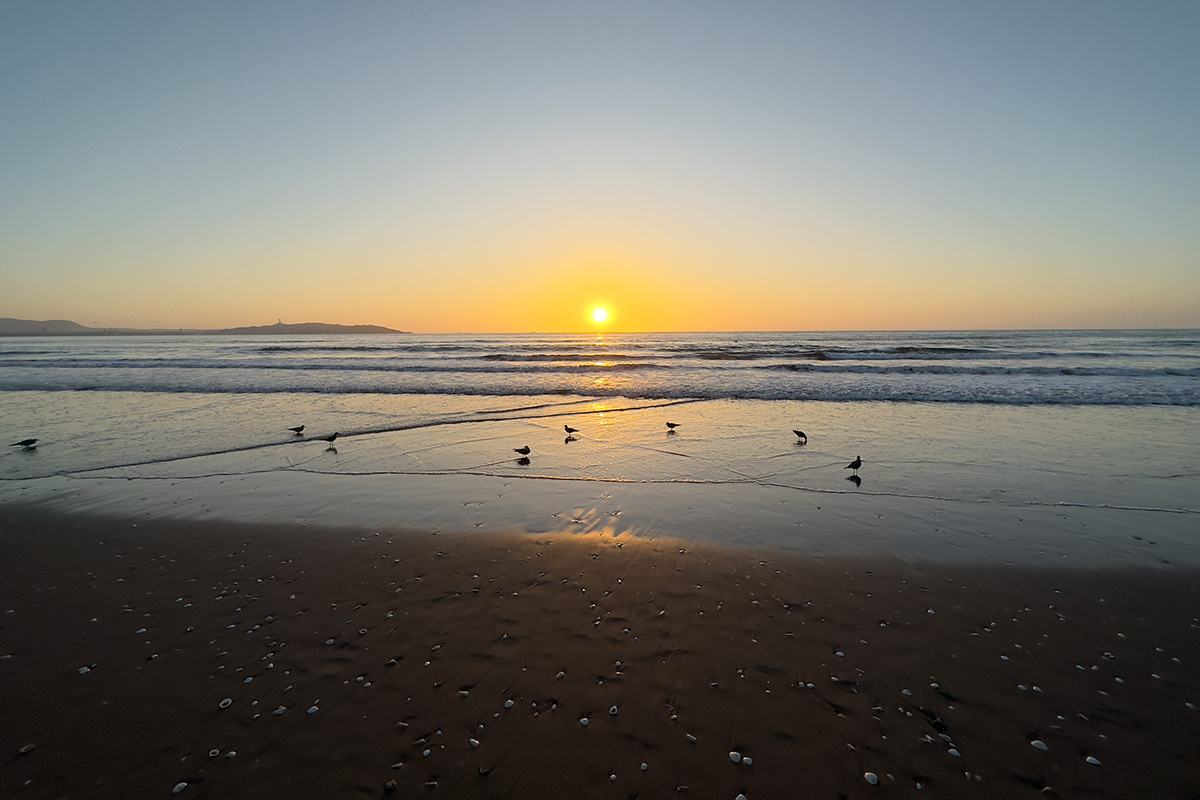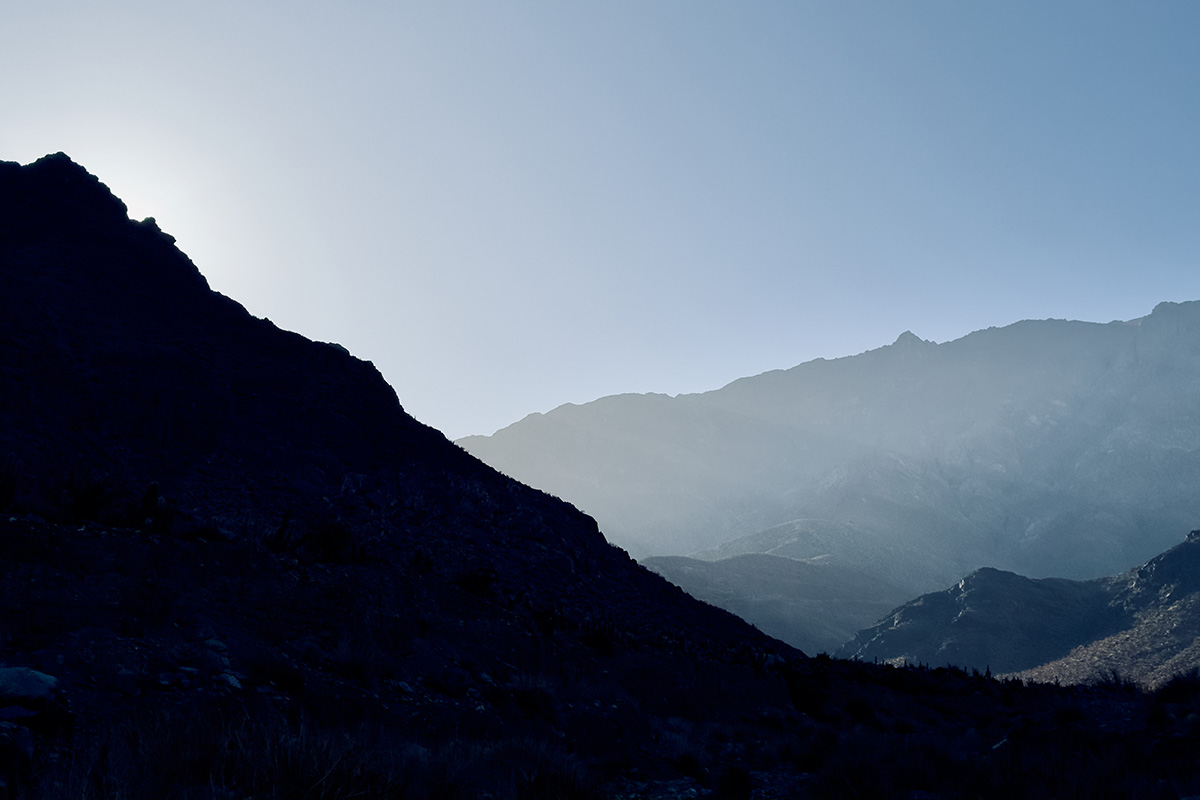
For Steven Kahn, dean of UC Berkeley’s Division of Mathematical and Physical Sciences, the trip to Chile was both a homecoming and a validation of years of meticulous planning. Kahn was the Rubin Observatory’s former director before he joined UC Berkeley in 2022, returning to the university where he earned his Ph.D. and taught physics and astronomy. Working primarily from Tucson and the San Francisco Bay Area, Kahn had coordinated the observatory’s construction from thousands of miles away.
Chile’s cloudless deserts, towering mountains, and limited light pollution create an ideal environment for stargazing. Observatories dot the country — everything from major, international collaborations to small, private telescopes popular with tourists. In October, Kahn toured several facilities as an extension of UC Berkeley’s fruitful partnerships in the region.
“It was good for me to make personal contact once again with our team in Chile,” said Kahn. “Chile has become the most important world center for ground-based astronomy in recent years. It is a very exciting place to visit.”
Four years had passed since Kahn last ascended Cerro Pachón, the mountain that hosts the Rubin Observatory. Only essential travel was allowed during the pandemic, forcing many contractors to return to their home countries. As dean, Kahn continued to follow the project closely — especially the progress on the observatory’s superlative camera.
Weighing over 6,700 pounds, the 3,200-megapixel camera will take images so detailed that it would take the combined resolution of 1,500 high-definition televisions to display a single image. Scientists and engineers had to keep the camera’s size to that of a small car so it could fit through the tunnels leading up the mountain. Even the camera’s sensors are advanced, requiring a constant temperature of approximately -148°F to prevent defective pixels.
“Every element of it was beyond the state of the art,” said Kahn. “It's fundamentally different in architecture than all other astronomical cameras.”
The observatory's Simonyi Survey Telescope will house the camera that will capture the Southern Hemisphere’s visible sky every three to four nights, an invaluable visual record that will spot transient objects as they change position and brightness. The observatory expects to discover about 20 billion galaxies and a similar number of stars.
The site’s construction has regained its pre-pandemic velocity. The telescope mount is essentially complete. The mirrors that focus the light will be mounted very soon. A minor problem will delay the camera’s shipment by a few months, but Kahn feels construction is generally on track.
When the Rubin Observatory is up and running in 2025, researchers will have access to a dataset that is ten times as large as any other astronomical survey. UC Berkeley’s astronomers are particularly eager for the observatory’s assistance in the expanding area of multi-messenger astrophysics, the coordinated observation and interpretation of different signals produced by cosmic phenomena.
In 2017, astronomers observed the GW170817 neutron star merger, an event UC Berkeley Professor Raffaella Margutti said “changed astrophysics forever.” For the first time, scientists detected the collision of two neutron stars through the emission of gravitational waves — ripples in space-time predicted in Albert Einstein’s theory of general relativity. These newly confirmed traits grant astronomers an entirely new way to probe the universe to study stars, planets, and black holes, and Professor Margutti is planning a workshop to develop scientific consensus on how to use the Rubin Observatory to hunt for them.
“As of now, we only have one celestial object for which we have been able to find gravitational waves and light,” Margutti said. “Gravitational wave interferometers are detecting objects that are too far, and hence too faint, for current telescopes. With its exceptional combination of large field of view and exquisite sensitivity, Rubin will be the premiere facility in the southern skies for the search for electromagnetic counterparts of gravitational waves.”
Departing the Rubin Observatory, Kahn traveled a few miles down the road to another important facility for UC Berkeley researchers: the Cerro Tololo Inter-American Observatory. Professor Saul Perlmutter used the site’s Victor M. Blanco 4-meter telescope as part of his Nobel Prize-winning research into the accelerating expansion of the universe. Danny Goldstein, who received his doctorate in computational astrophysics from UC Berkeley in 2018, produced an influential algorithmic model for the telescope’s dark energy survey.
The next day, Kahn arrived in San Pedro de Atacama, a town in northeastern Chile. The Atacama Desert is the driest place on Earth, receiving a fraction of an inch of rain annually in some places. Its climate and topography convinced NASA to use the area as a practice site for Mars exploration.
The landscape is stark and rough, yet beautiful. Volcanoes and striking rock formations surround patches of cacti and salt flats. Driving down dirt roads, visitors may spy geysers and lagoons only to watch the landscape quickly transform into wide expanses of sagebrush. Every so often, a llama will glance up, perplexed by the bipedal interlopers riding in metallic shells across their domain.
Not far from town and just south of the Bolivian border is the Simons Observatory, a collaboration between the Simons Foundation, UC Berkeley, and other institutions. The facility will offer an unprecedented glimpse into the origin of the universe, including gravitational waves generated by cosmic inflation, a rapid expansion of space believed to have occurred immediately following the Big Bang.
“Once we see the signal of inflation, it will be the beginning of a whole new era of cosmology,” Adrian Lee, a UC Berkeley professor of physics and a lead investigator for the observatory, told Berkeley News.
It was Kahn’s first time at the site, but he has advised the observatory for years. Since the facility sits at an elevation of nearly 17,000 feet, Kahn and the other oxygen-assisted visitors needed to descend the mountain after a few hours. He returned to his hotel and prepared for the long journey home. The sky darkened; the stars shone. Telescopes captured the night sky and transmitted their data to researchers around the world.
Somewhere in Berkeley, an astronomer pored over the results.
The Rubin Observatory wasn’t the first ambitious project Kahn tackled, nor will it be the last. In the 1990s, Kahn developed the first reflection grating spectrometer to fly on an X-ray mission, capable of separating the different wavelengths of light and measuring to an accuracy of five milliangstroms, or a ten-trillionth of a meter. That accomplishment led to a term on the National Research Council’s decadal survey committee, setting national priorities for astronomical research.
Now, as dean, Kahn must manage a significant renovation to the physics buildings’ atrium and a complete replacement for Evans Hall, one of the largest buildings on the Berkeley campus and the longtime home of the Department of Mathematics. Kahn’s experience with capital projects will allow future generations of students to grow their knowledge and skills in a more advanced setting. And, should those students be interested in astronomy, they may receive training on the world’s top telescopes by the very professors who helped design them.

